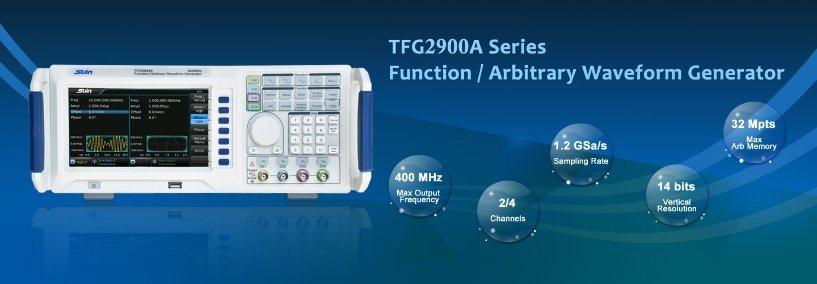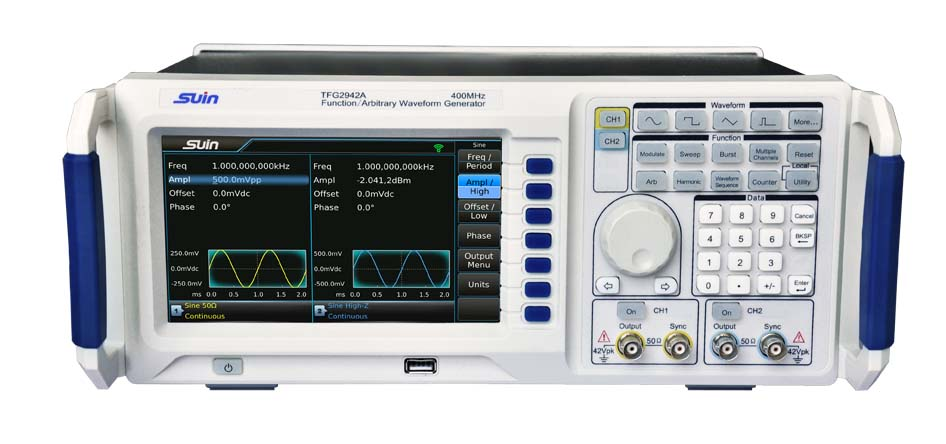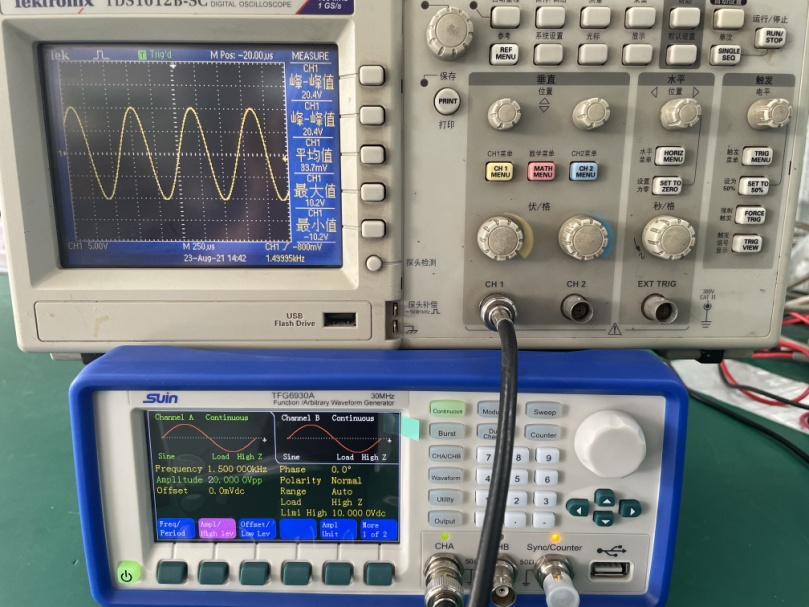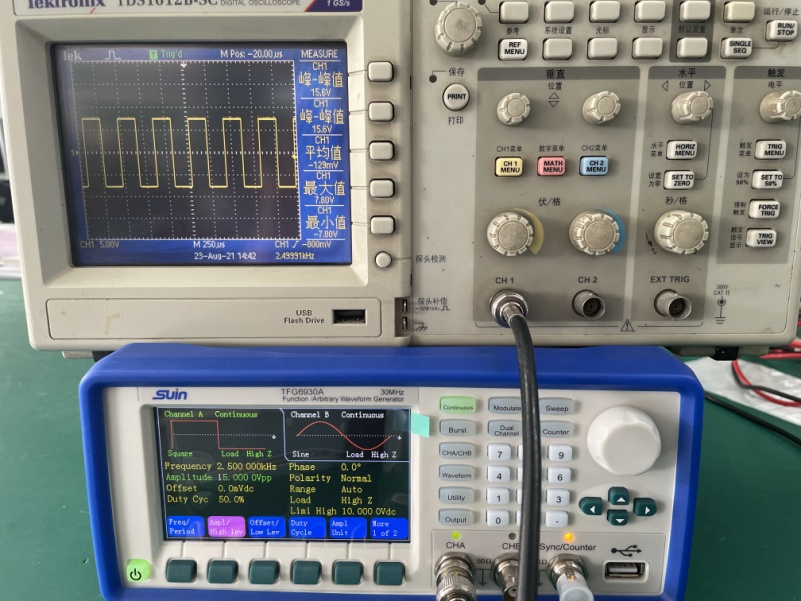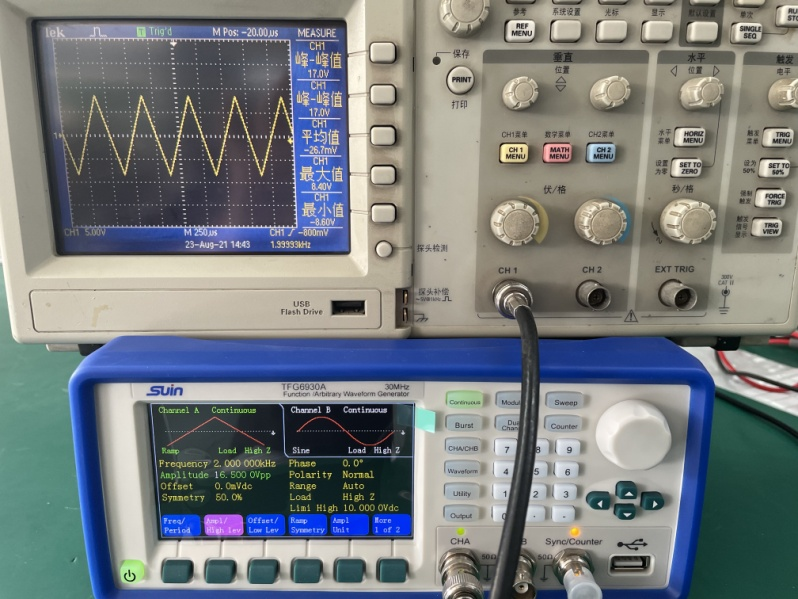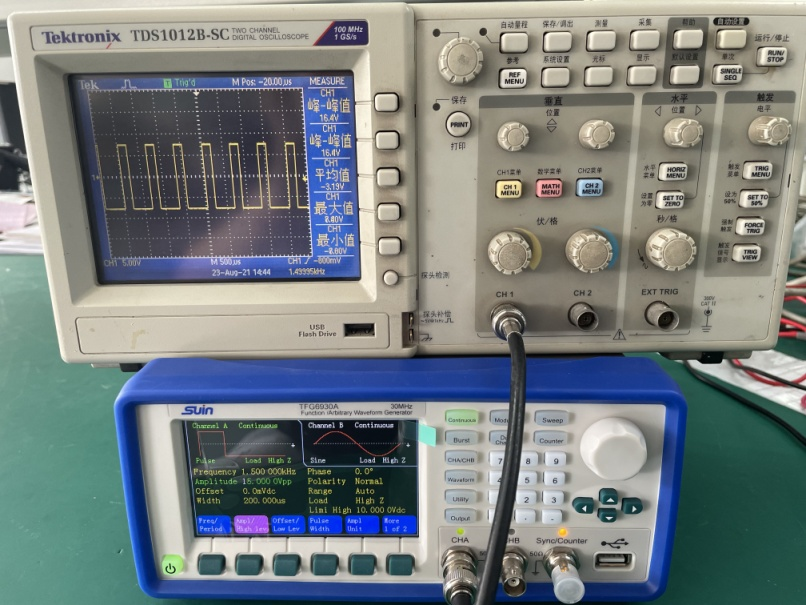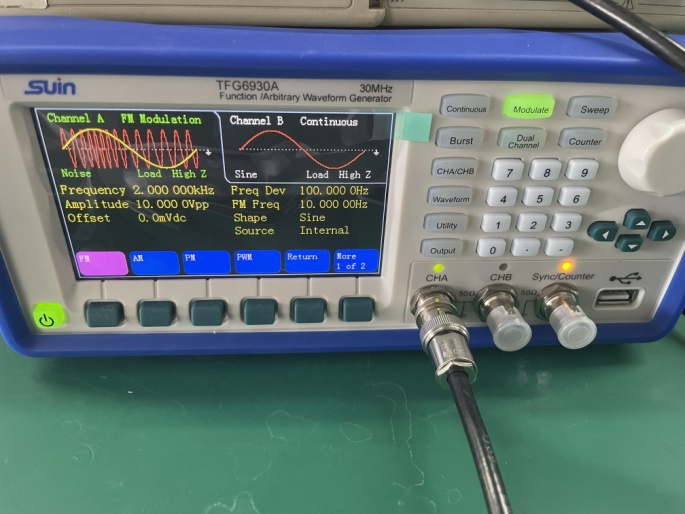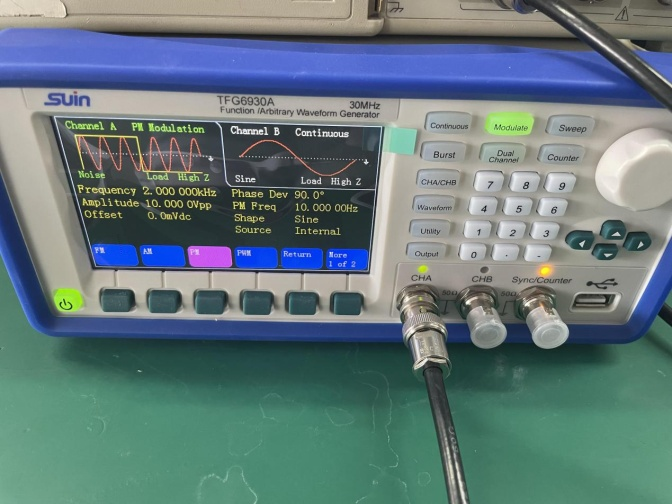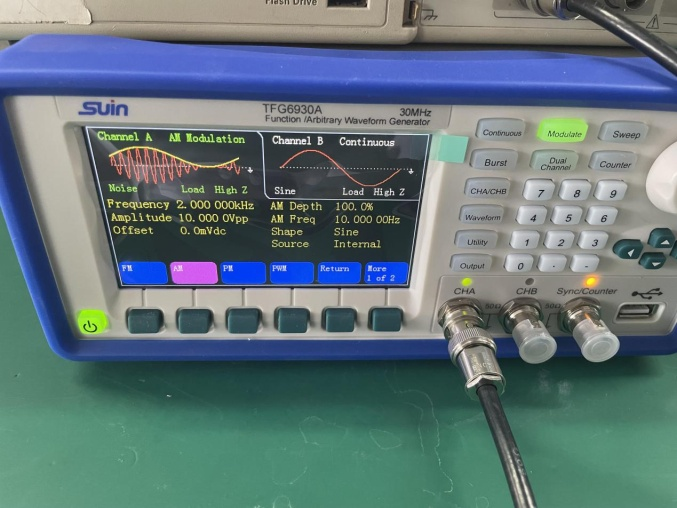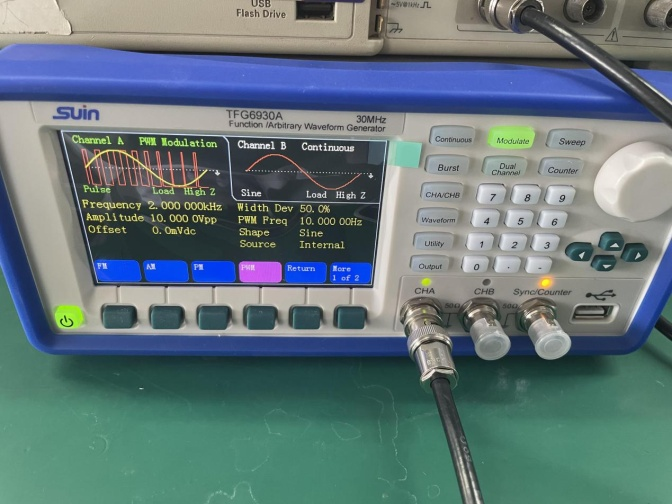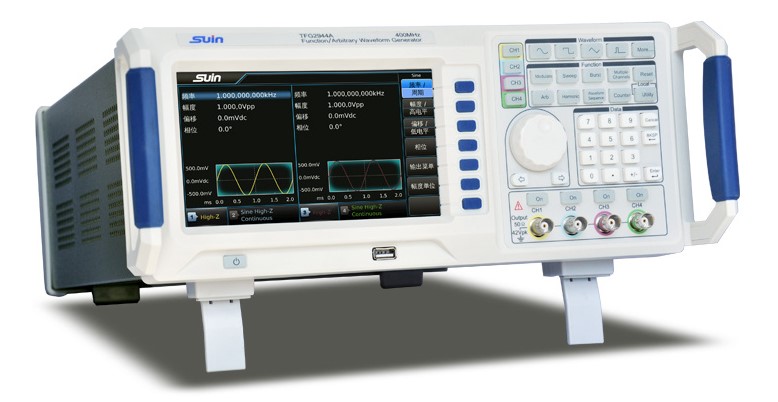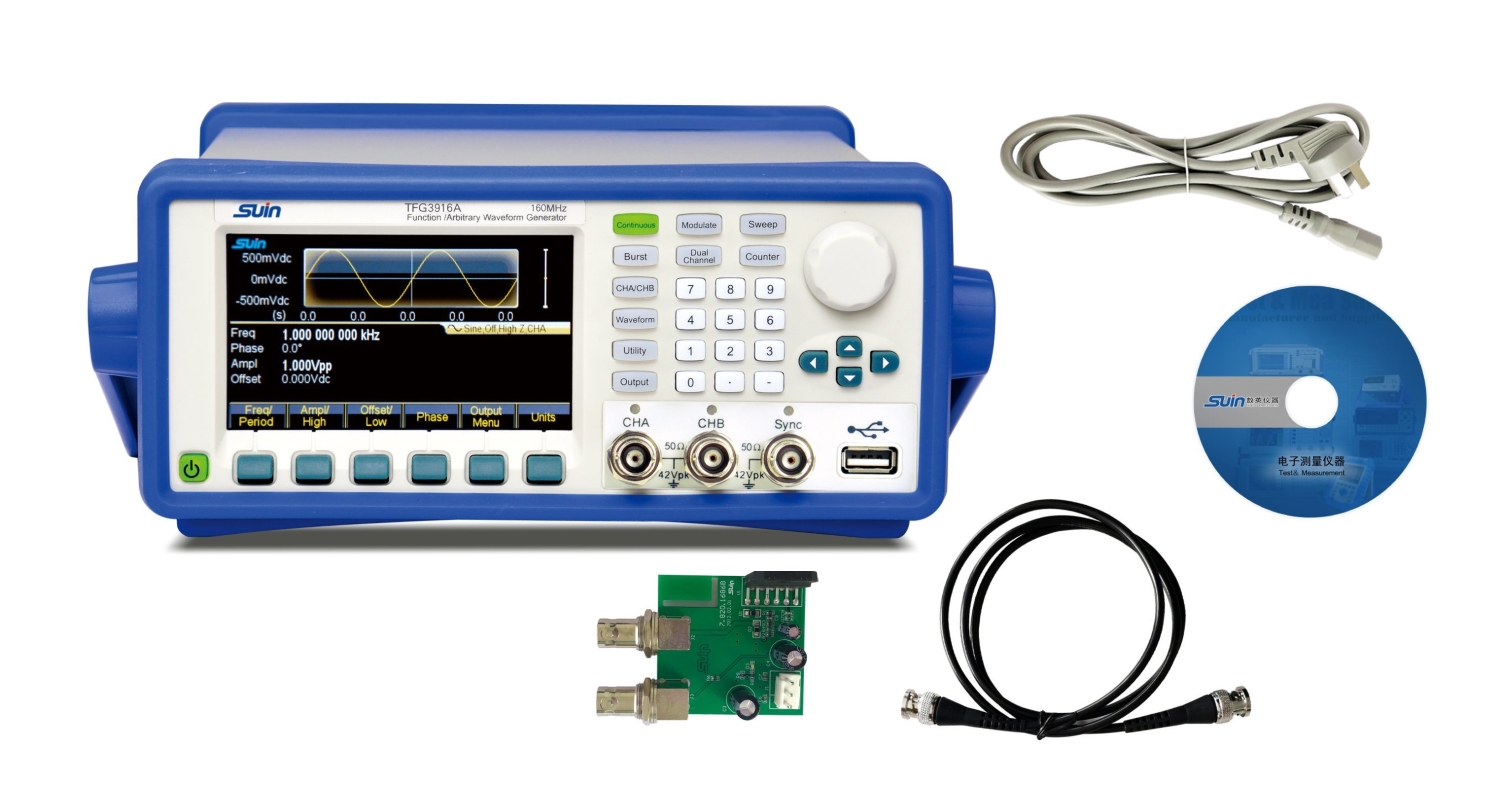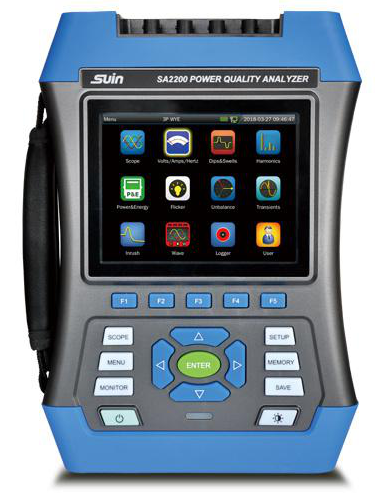What is a signal generator?
Signal generators, also known as signal sources or oscillators, have a wide range of applications in production practice and technology. Various waveform curves can be represented by trigonometric equations. A circuit capable of generating a variety of waveforms such as a triangular wave, a sawtooth wave, a rectangular wave (including a square wave), and a sine wave is called a function signal generator.
How Does a Signal Generator Work?
A signal generator usually works with other measuring instruments to test an electronic device. The signal generator is used to produce an electric signal, known as the input signal, that will elicit a response, known as the output signal, from the device under test. The output signal will be received by a measurement device like a protocol analyzer or logic analyzer, enabling the developer to see whether the expected output was, in fact, received. If the device responds as expected, the test was passed. Otherwise, the developer will have to further investigate the anomalous or unexpected behavior of the device.
Today's signal generators are designed with an intuitive user interface that makes it easy to adjust target variables based on project requirements. A series of knobs and switches on the face of the signal generator allows users to adjust the type of waveform, voltage level, frequency, signal inversion, and other characteristics.
How do I choose the right signal generator?
1. Features and Functions
When choosing a signal generator, you should evaluate the standard waveform, modulation features to ensure the instrument meets your needs. The standard waveforms in our signal generators include sine, square, ramp, pulse, etc. The modulation function is also diverse, including AM, FM, PM, PWM, FSK, 4FSK, NFSK, PSK, ASK, OSK, etc. The TFG2900A series of signal generators have a more comprehensive modulation function, so you can choose an instrument with different modulation functions according to your needs.
2. Memory Depth (Record Length)
Memory depth or record length plays an important role in signal fidelity, as it determines how many data points can be stored to define a waveform. The deeper the memory, the more waveform detail is stored and the higher the number of cycles required to store the required waveform.
The TFG2900A series signal generators can store up to 32M points in length.
3. Frequency and amplitude
The frequency coverage of the signal generator and the signal output amplitude should meet the needs of the application.
4. Application
From the application point of view, if it is mainly used for basic circuit experiments and general electrical appliance repair, then a general function generator is more suitable; if it is mainly used for adjusting the sensitivity of intercoms, then a high-frequency signal generator is needed. The highest frequency of our products can reach 20GHz.
5. Sampling rate
The sampling rate indicates the maximum clock rate or sampling rate. The sampling rate affects the frequency of the main output signal. In general, you should choose an instrument with a sampling rate that is twice the highest spectral frequency component of the generated signal to ensure accurate signal reproduction.
The highest sampling rate in our product is the TFG2900A series of signal generators, with a maximum of 1.2GSa/s.
Suin can supply several series of function and arbitrary waveform generators to meet users' different requirements. If you have demand about our products, welcome to contact us.
